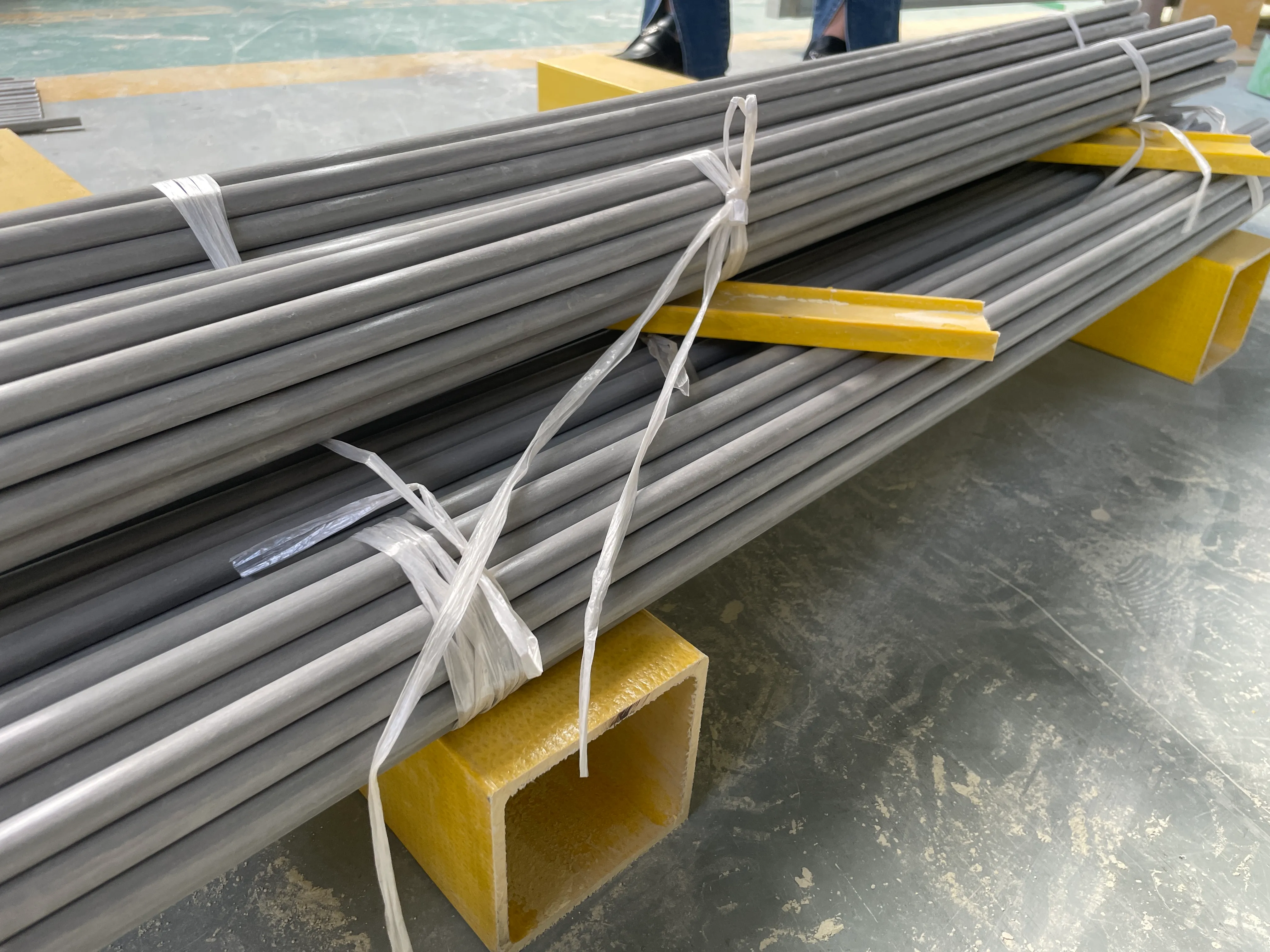loading...
- No. 9, Xingyuan South Street, Dongwaihuan Road, Zaoqiang County, Hengshui, Hebei, China
- admin@zjcomposites.com
- +86 15097380338
- Welcome to visit our website!
Exploring the Benefits of FRP Rods in Structural Applications and Design
FRP (Fiber Reinforced Polymer) rods are innovative materials that have gained significant attention in various fields, particularly in construction and engineering. These composite materials, composed of a polymer matrix reinforced with fibers such as glass, carbon, or aramid, offer exceptional strength-to-weight ratios, corrosion resistance, and versatility.
One of the primary advantages of FRP rods is their lightweight nature. Unlike traditional reinforced materials, such as steel, FRP rods are considerably lighter, making them easier to handle and install. This characteristic can significantly reduce transportation and labor costs in construction projects, making them an attractive choice for engineers and builders alike.
.
In terms of mechanical performance, FRP rods exhibit high tensile strength, allowing them to bear substantial loads without failure. Their flexibility in design also enables engineers to innovate and create structures that can withstand dynamic forces, such as earthquakes or heavy winds. This capacity for enhanced performance contributes significantly to the safety and durability of the structures in which they are integrated.
frp rod

Moreover, FRP rods can be customized to meet specific requirements, including varying fiber types, orientations, and resin systems. This adaptability allows for precise engineering solutions tailored to the needs of particular projects or environments.
The growing awareness of sustainability also plays a role in the increasing adoption of FRP technology. Many FRP products can be made from recycled materials, and their lightweight nature contributes to reduced emissions during transportation.
In conclusion, FRP rods are revolutionizing the construction and engineering landscape. Their unique properties, including lightweight, corrosion resistance, and high strength, combined with sustainability considerations, make them a preferable choice for modern infrastructure projects. As technology continues to advance, FRP rods will likely play an even more significant role in shaping the future of building materials.
-
The Rise of FRP Profiles: Strong, Lightweight, and Built to LastNewsJul.14,2025
-
SMC Panel Tanks: A Modern Water Storage Solution for All EnvironmentsNewsJul.14,2025
-
GRP Grating: A Modern Solution for Safe and Durable Access SystemsNewsJul.14,2025
-
Galvanized Steel Water Tanks: Durable, Reliable, and Ready for UseNewsJul.14,2025
-
FRP Mini Mesh Grating: The Safer, Smarter Flooring SolutionNewsJul.14,2025
-
Exploring FRP Vessels: Durable Solutions for Modern Fluid HandlingNewsJul.14,2025
-
GRP Structures: The Future of Lightweight, High-Performance EngineeringNewsJun.20,2025
